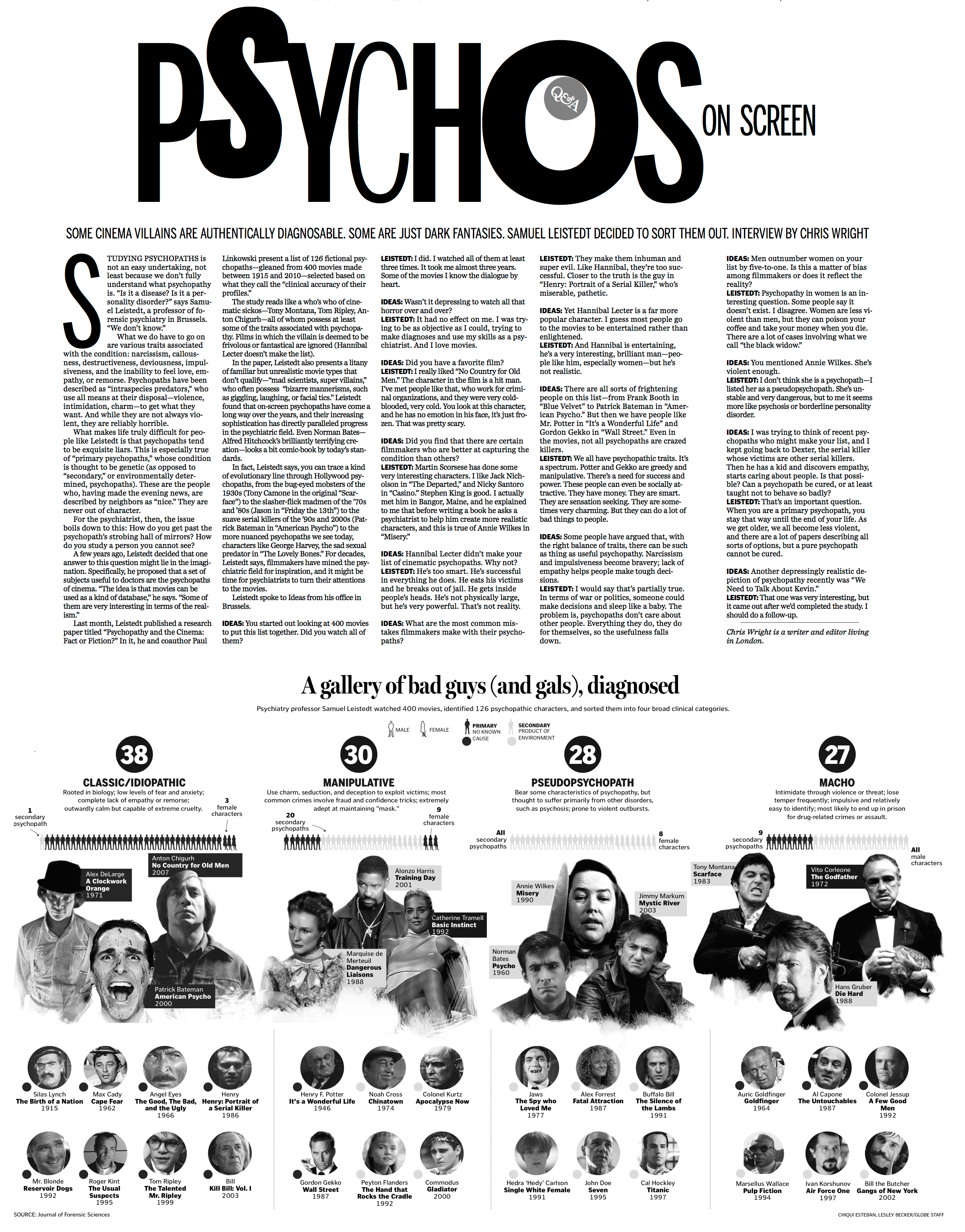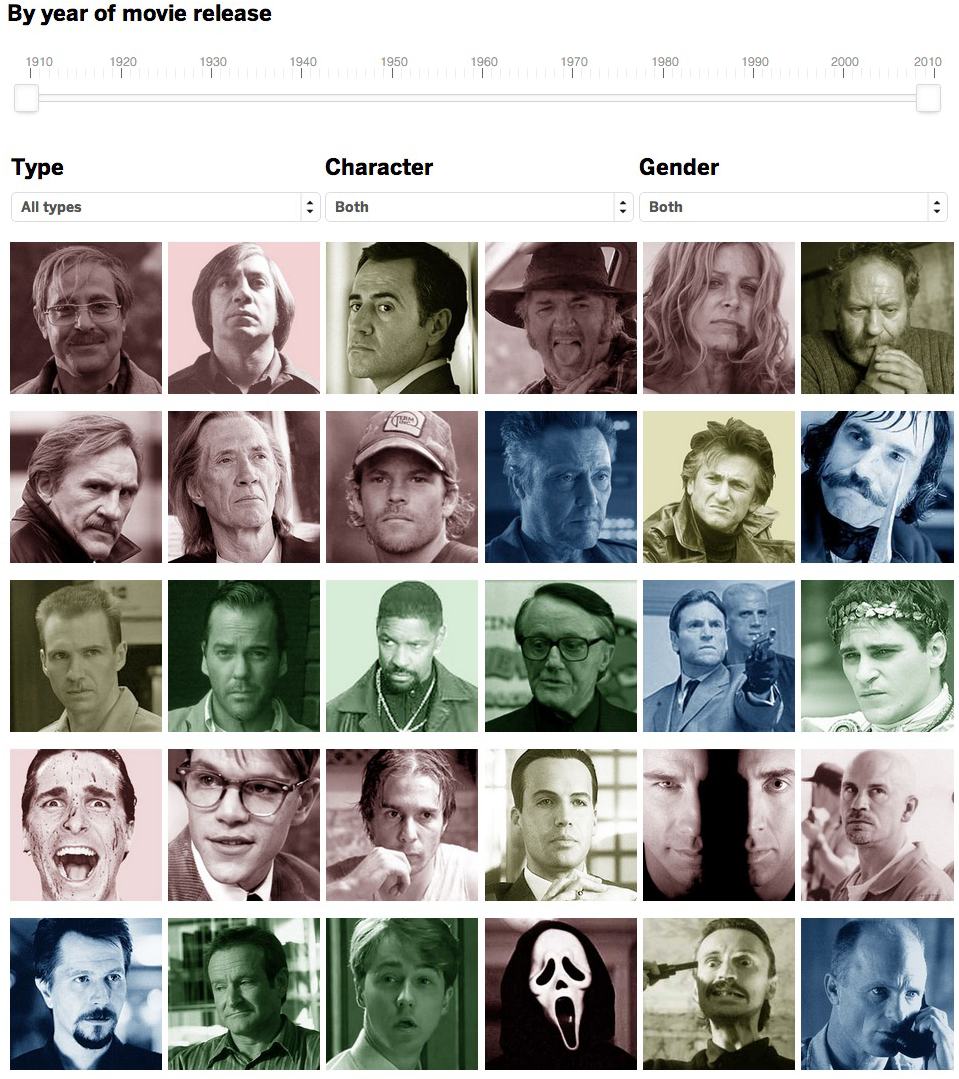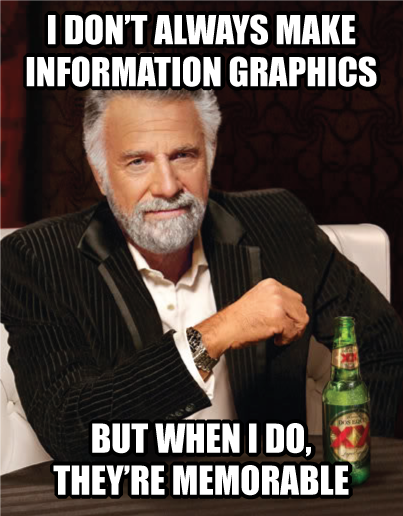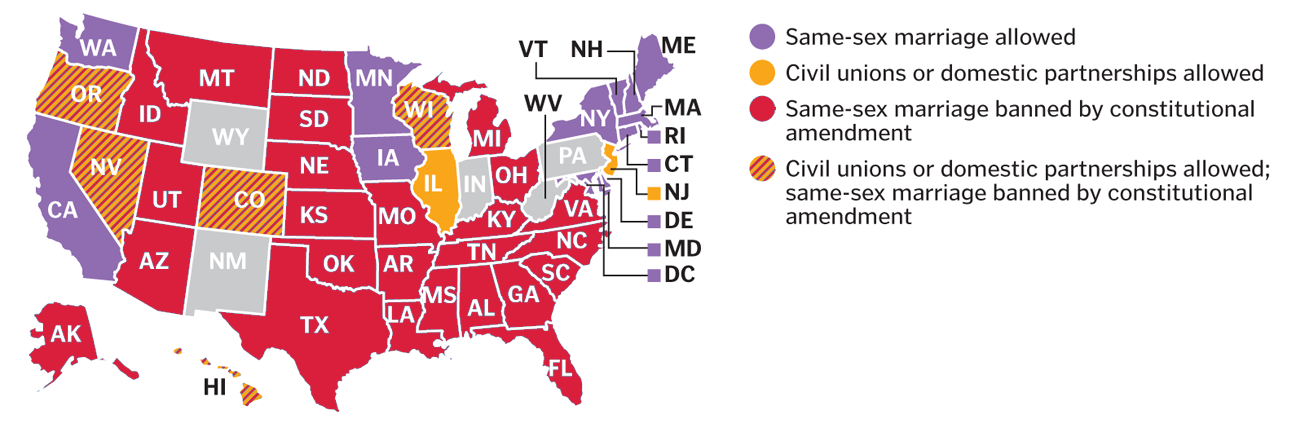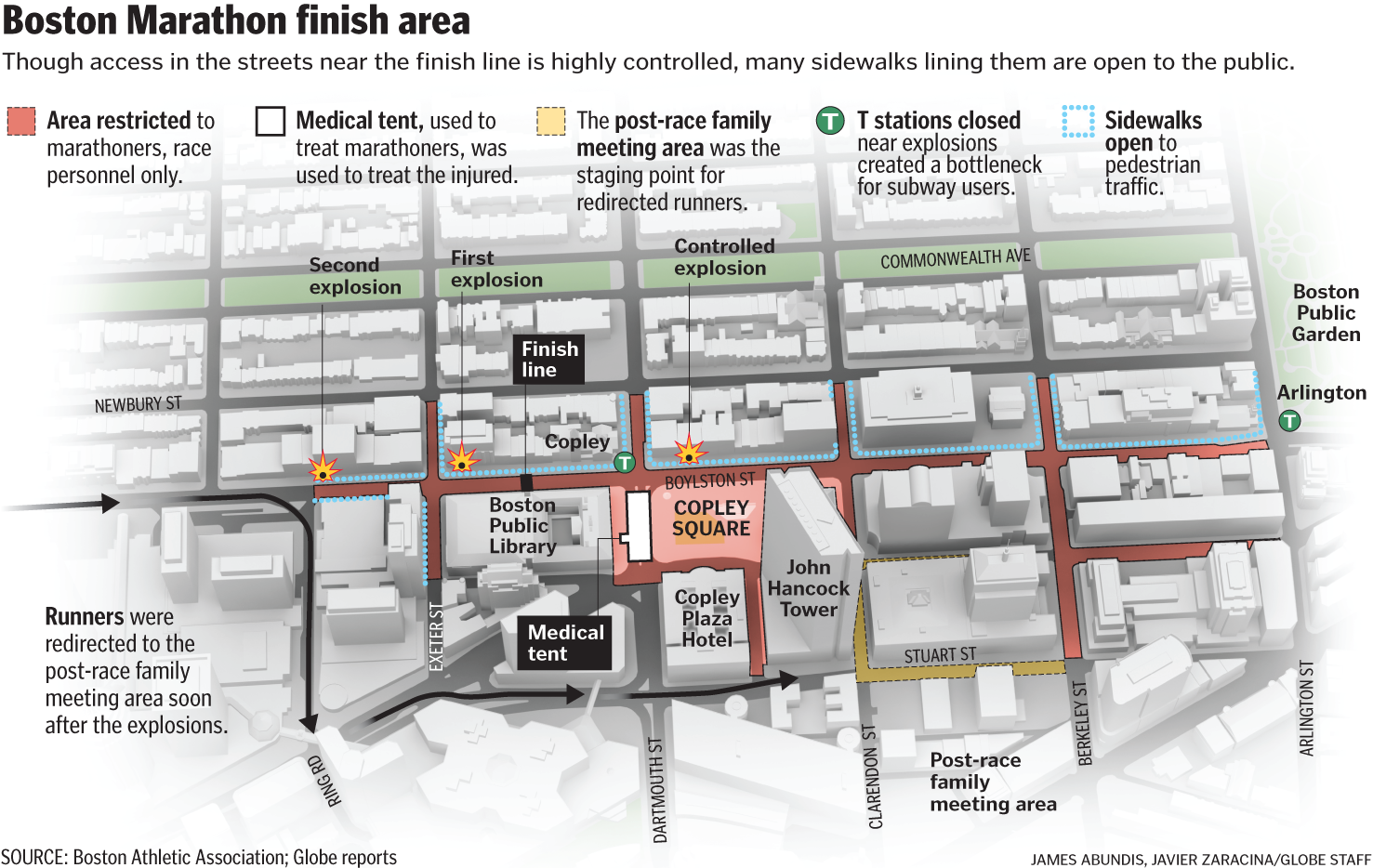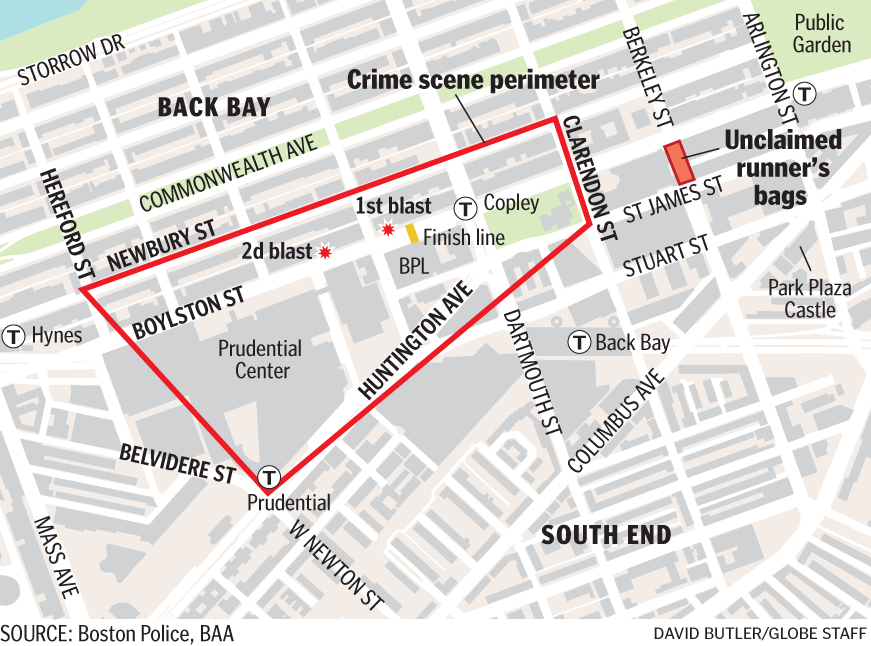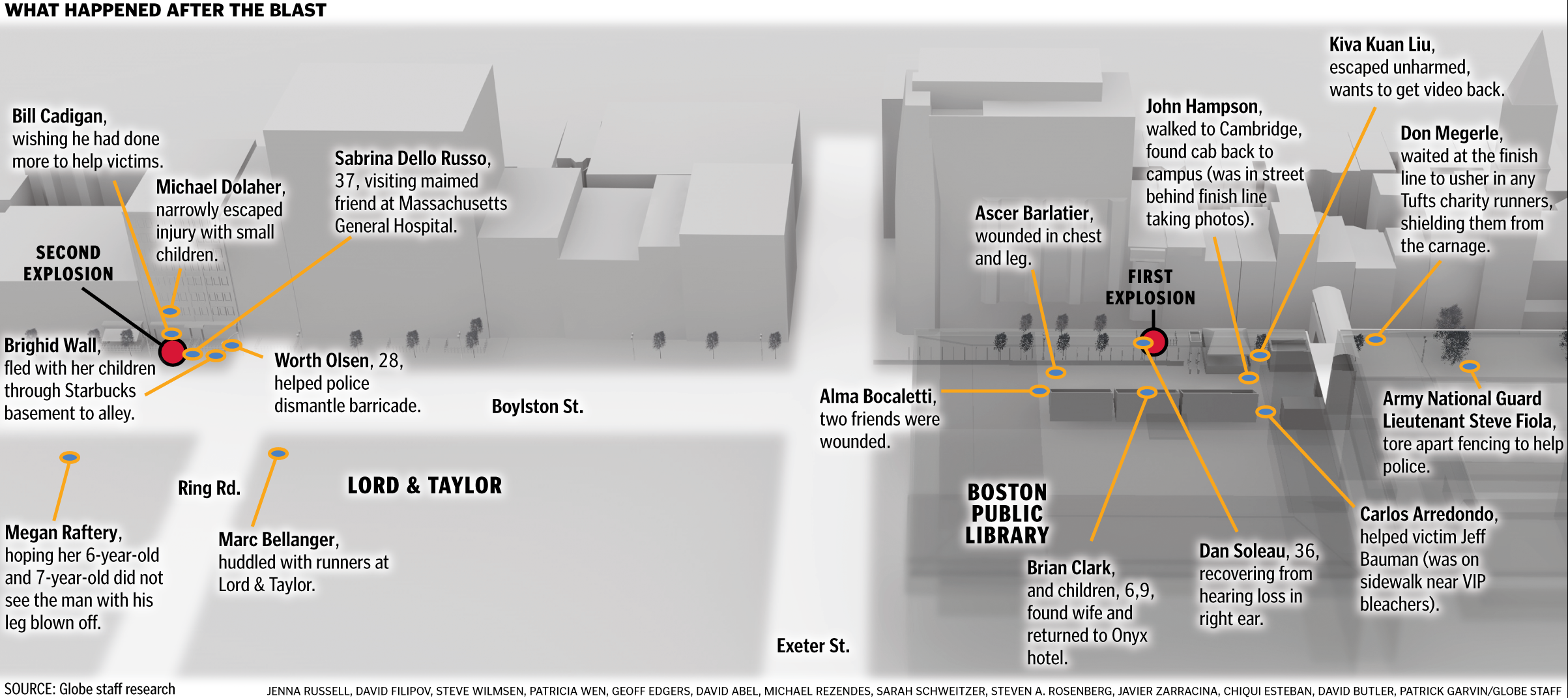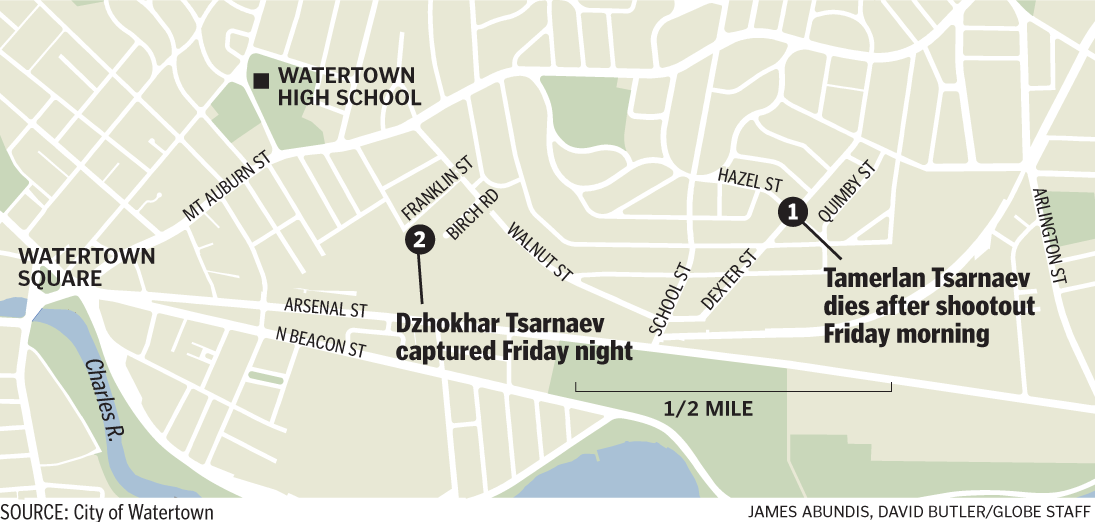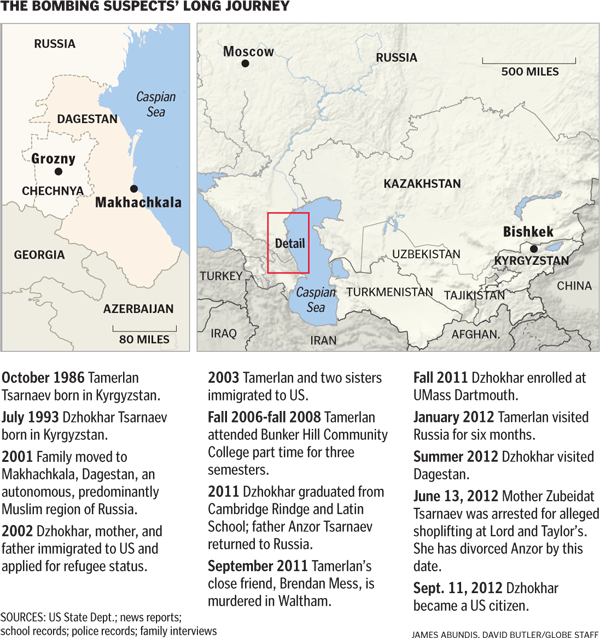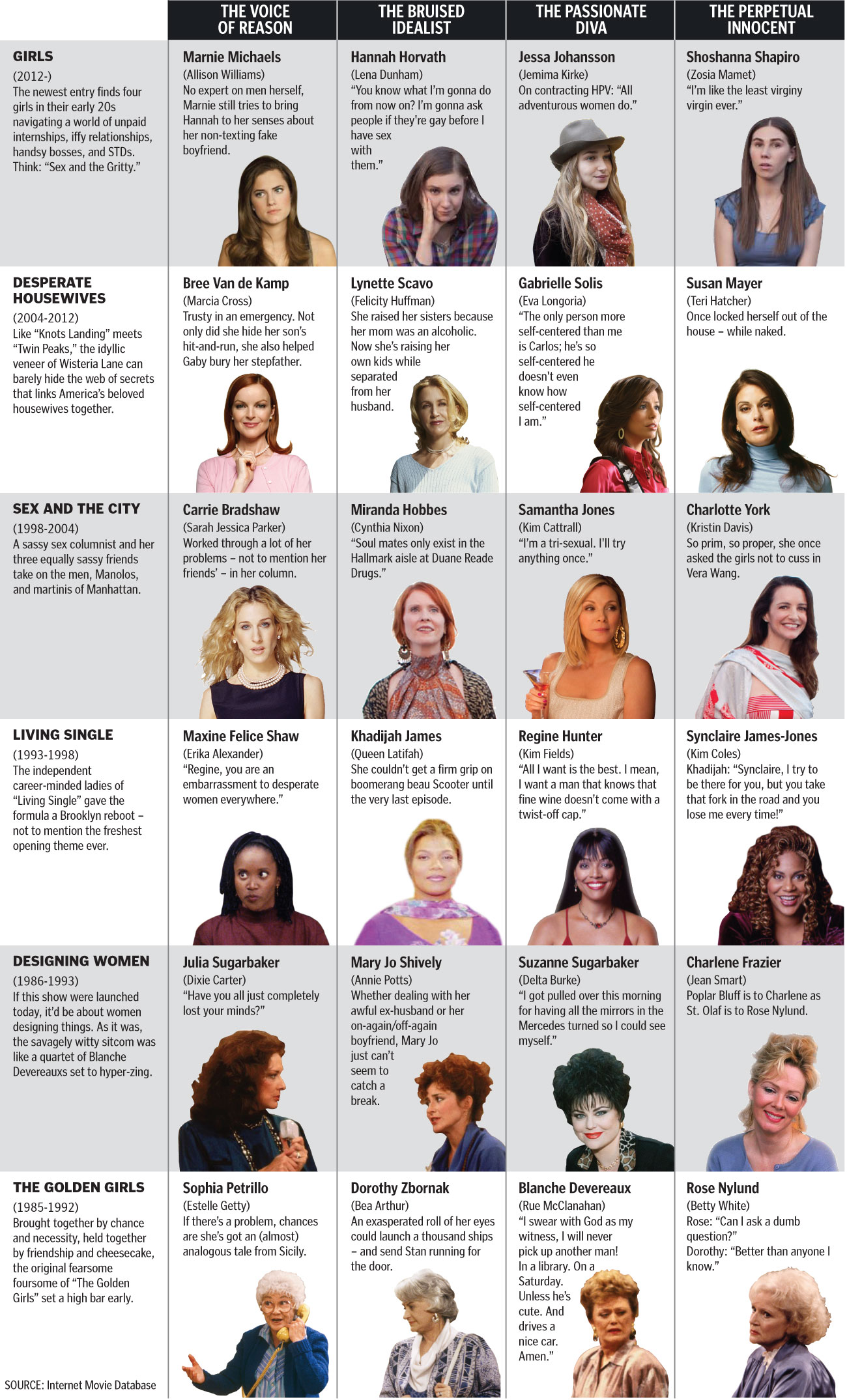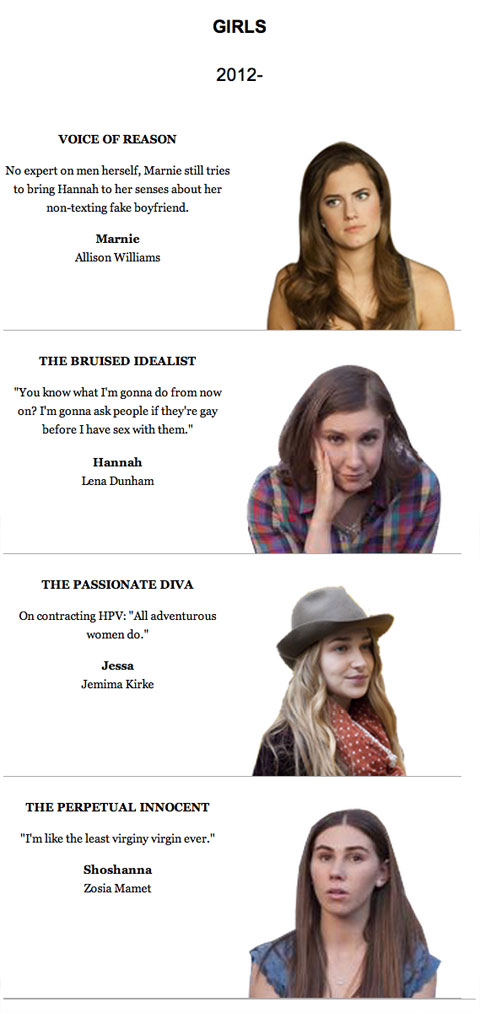In case you missed it, here are some of the biggest news pertaining to LGBTQ issues to come out of the last week:
ACLU filed suit in North Carolina
The American Civil Liberties Union launched a new legal assault on North Carolina’s constitutional ban on recognizing same-sex marriage, urging a federal judge to quickly negate it to help children and gay couples suffering from urgent health problems. The civil rights group said it was seeking to speed up a decision in lawsuit filed in 2012 by citing the urgent health needs of a child who suffers from cerebral palsy who was adopted by one of the lesbian couples involved in the case. The ACLU also filed a new lawsuit on behalf of three other lesbian couples struggling with health conditions made more difficult because they lack legal recognition of their marriages performed in other states, said ACLU staff attorney Elizabeth Gill.
For more context:
ACLU sues for faster action to overturn North Carolina same-sex marriage ban [Charlotte Observer]
‘We don’t have time to wait,’ 78-year-old gay plaintiff says [News & Record]
—————
Federal judge ordered Indiana to recognize couple’s marriage
A federal judge ordered Indiana to recognize the out-of-state marriage of a gay couple before one of the women, who has ovarian cancer, dies. The decision, specific to the couple, who married in Massachusetts in 2013, doesn’t affect other lawsuits challenging Indiana’s ban on same-sex marriages.
For more context:
Indiana must recognize couple’s marriage [The Boston Globe]
Judge grants request to force Indiana to recognize couple’s same-sex marriage [The Indianapolis Star]
Judge orders Indiana to recognize ailing gay woman’s marriage [The Chicago Tribune]
—————
Tom of Finland stamps announced, Harvey Milk stamp ceremony at White House announced
Itella Posti Oy, the Finnish equivalent of the United States Postal Service, announced it will release new stamps featuring the sketches of Touko Laaksonen, better known as Tom of Finland. Per the announcement:
His emphatically masculine homoerotic drawings have attained iconic status in their genre and had an influence on, for instance, pop culture and fashion. In his works, Tom of Finland utilized the self-irony and humor typical of subcultures.
During his career, Tom of Finland produced more than 3,500 drawings. The two drawings on the stamp sheet were selected by graphic artist Timo Berry, who designed the stamp, and Susanna Luoto, the Finnish representative of the foundation named after Tom of Finland operating in Los Angeles.
The stamps will debut in the fall. Unless you’re my mother or my nephew, click here to see the stamps. But if you are my mother or nephew, then please, do not click there.
—————
Chelsea Manning to serve as honorary grand marshal of San Francisco Pride Parade
Chelsea Manning, an imprisoned U.S. Army private charged in a massive leak of U.S. secrets to the WikiLeaks website, will serve as an honorary grand marshal in this year’s San Francisco Pride parade. Parade organizer Gary Virginia said Friday that Chelsea Manning — formerly known as Bradley Manning — was chosen to make amends for a controversy last year. Manning was named an honorary grand marshal ahead of the 2013 parade, but had the honor revoked. Virginia apologized, saying that decision was mishandled.
For more context:
Bradley Manning won’t get Pride honors [San Francisco Chronicle]
San Francisco gay pride rescinds honour for Bradley Manning [The Guardian]
Chelsea Manning parade retraction still creating tension on SF Pride board [San Francisco Examiner]
—————
Open letter to Pope Francis urges him to change church teaching on homosexuality
The head of a homeless shelter for LGBT youth published an open letter to Pope Francis in The New York Times Sunday, asking him to change the Catholic Church’s teaching on homosexuality.
I write to you as a Roman Catholic, a former Benedictine monk and as a gay man who has spent over 30 years serving the homeless, first as a member of the Catholic Worker Movement, and now as the founder and Executive Director of the Ali Forney Center, America’s largest center for homeless lesbian, gay, bisexual and transgender (LGBT) youth based in New York City.
I write on behalf of the homeless LGBT youths I serve. I ask you to take urgent action to protect them from the devastating consequences of religious rejection, which is the most common reason LGBT youths are driven from their homes. At the heart of the problem is that the church still teaches that homosexual conduct is a sin, and that being gay is disordered. I hope that if you understand how this teaching tears families apart and brings suffering to innocent youths, you will end this teaching and prevent your bishops from fighting against the acceptance of LGBT people as equal members of society.
Read the full ad here.
—————
Alan Simpson announces support for same-sex marriage
Former US Senator Alan Simpson has filmed a same-sex marriage commercial that will air in Wyoming and other western states. Simpson says as a Republican he believes one of the party’s core values is the right to be left alone. He says whether people are gay or lesbian or straight, if they love someone and they want to marry, they should marry.


